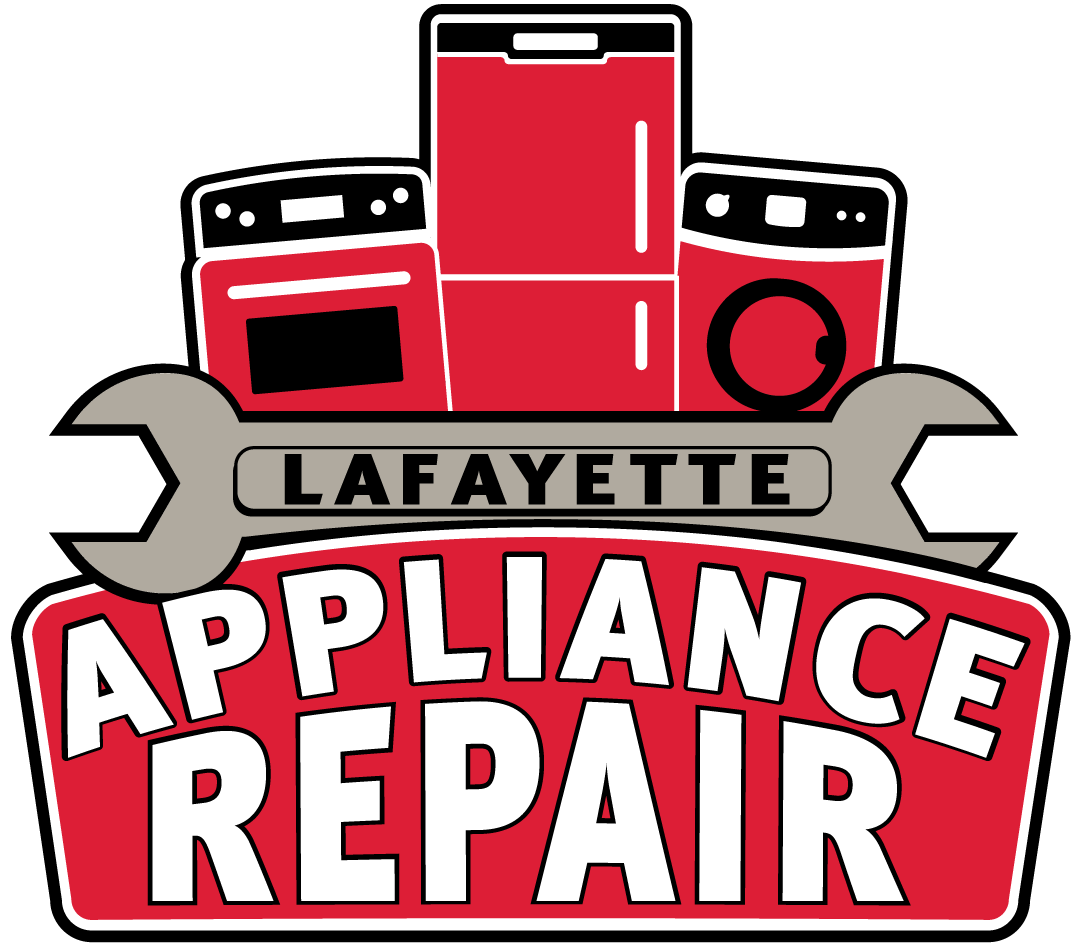|
When it comes to home heating, it’s important that homeowners know the facts. Cost, efficiency, comfort and the expectation of a return on your investment varies. We want to be sure you’re informed to make the best decision when you have to replace your furnace and are pressed by the heating equipment salesman to buy a heat pump. In a nutshell, in the Midwest, we feel they’re a poor investment. But don’t just take our word for it – do your homework. Use of a furnace alone, without a heat pump, will deliver more comfortable air and cost significantly less to operate. The colder the winter, the more you’ll save with a natural gas furnace. Myth: Heat pumps deliver warm, comfortable heat. Many homeowners have learned first-hand from that heat pump heat simply is not comfortable.
In addition, customers who set back their heat to 65 F or lower in the evening, or when away, find it takes several hours for a heat pump to move back to a warmer, 70 F room temperature. Even with the best electric rate, it would take approximately 28 years for a heat pump to pay back. Check out these stats. NG = Natural Gas Furnace; HP = Heat Pump:
* Using three-year average residential natural gas price of $1.05 per therm for the period ending 11/30/06; a three-year average retail residential electricity price in Minnesota of $0.083 / kWh as of December 2006, and discounted electricity price of $0.05 / kWh; 94 percent efficient furnace and a 9.0 Heating Seasonal Performance Factor (HSPF) for the air source heat pump. **The average additional cost to purchase the heat pump is based on dealer quotes ranging from $1,000 to $1,600. Myth: Heat pumps are cost-effective. When the temperature dips below 35 F, a heat pump’s efficiency decreases significantly to a point where it cannot maintain the home thermostat’s set point of 68 – 70 F without a supplemental electric heat source. That leaves few days of optimal efficiency in a typical Indiana heating season — especially considering the winter of 2013-2014. Whether the heat pump or the supplemental heating system is operating, heat pump owners will see a SIGNIFICANT increase in their electric bills. Ask the guy trying to sell you a heat pump to refute that. He can’t! Myth: Heat pumps deliver a quick return on investment.
Myth: Heat pumps are easy to install and maintain.
Myth: There is no difference in the environmental impact between heat pumps and natural gas furnaces. Electricity is a secondary fuel which means it must first be produced from another energy source such as coal, uranium, natural gas or oil. Indiana produces a significant amount of its electricity by coal, the biggest source of pollutants in this area. Natural gas is clean-burning, 90 percent efficient and produces significantly fewer emissions than electricity. Electricity is only 27 percent efficient. Natural gas furnaces remain your best energy value To sum it up — a natural gas furnace and traditional air conditioner is, in our opinion the most comfortable and economical choice for you here in Indiana. The cost savings become even more substantial when you install a high efficiency natural gas furnace for your customers. * Specification of Energy-Efficient Installation and Maintenance Practices for Residential HVAC Systems, July 2000 |
